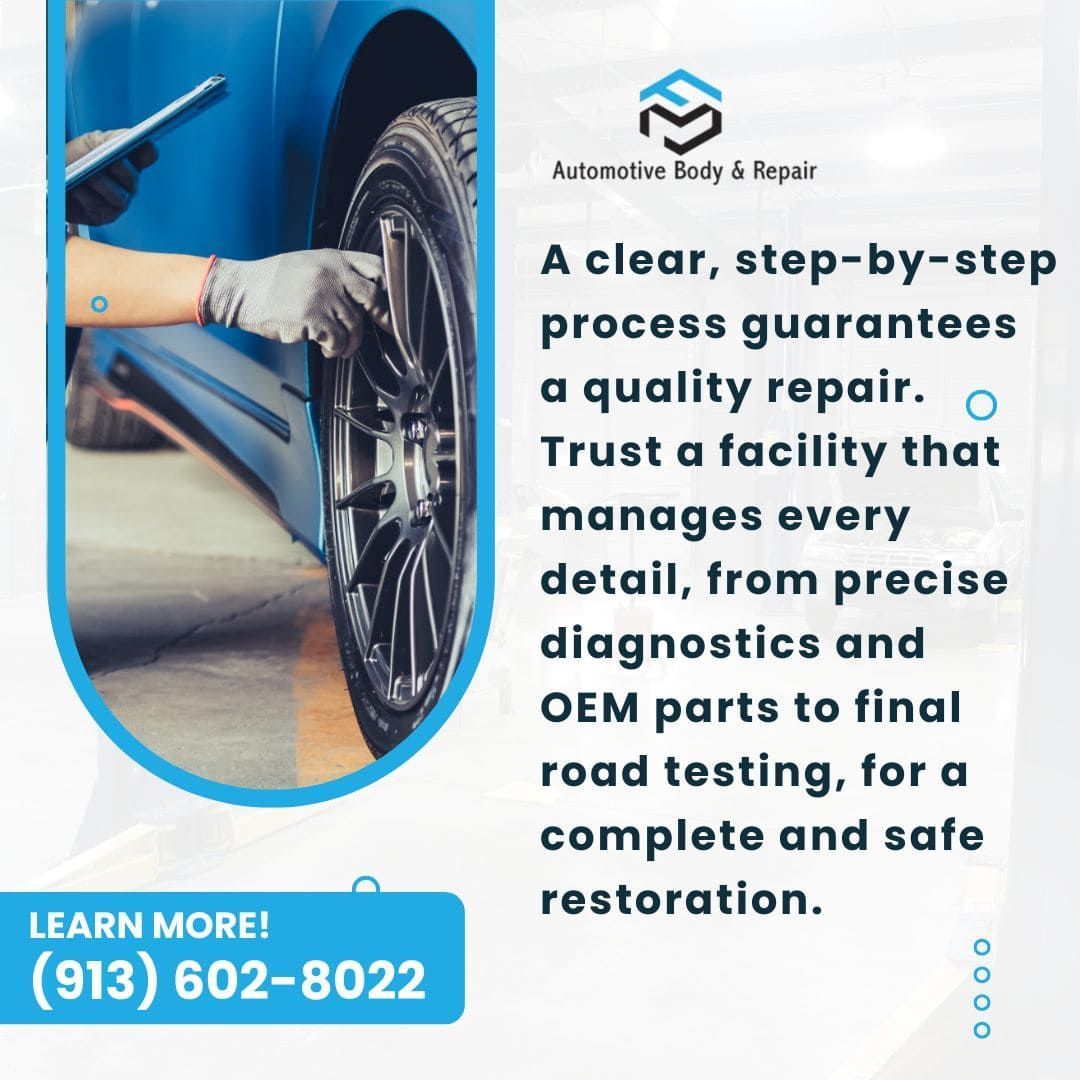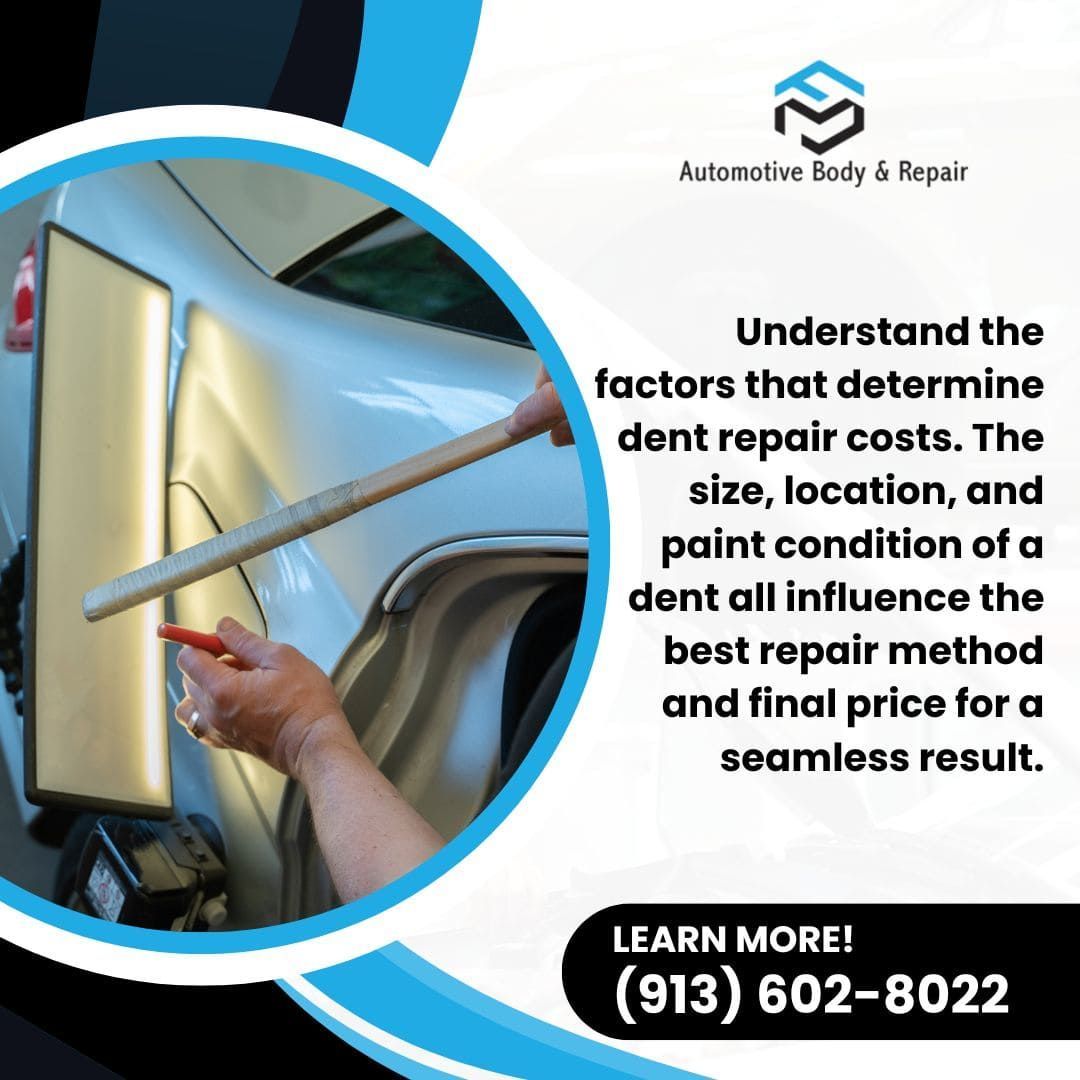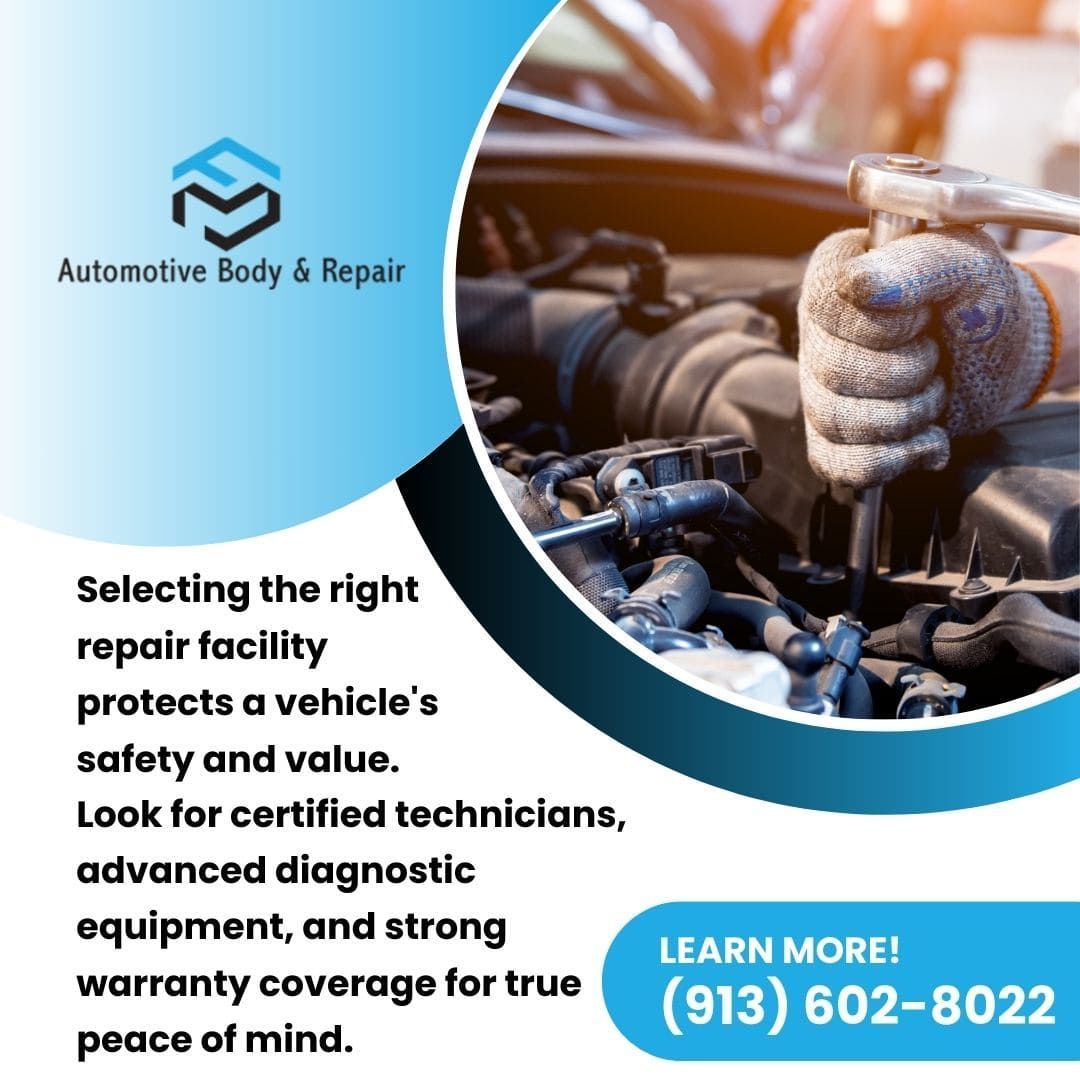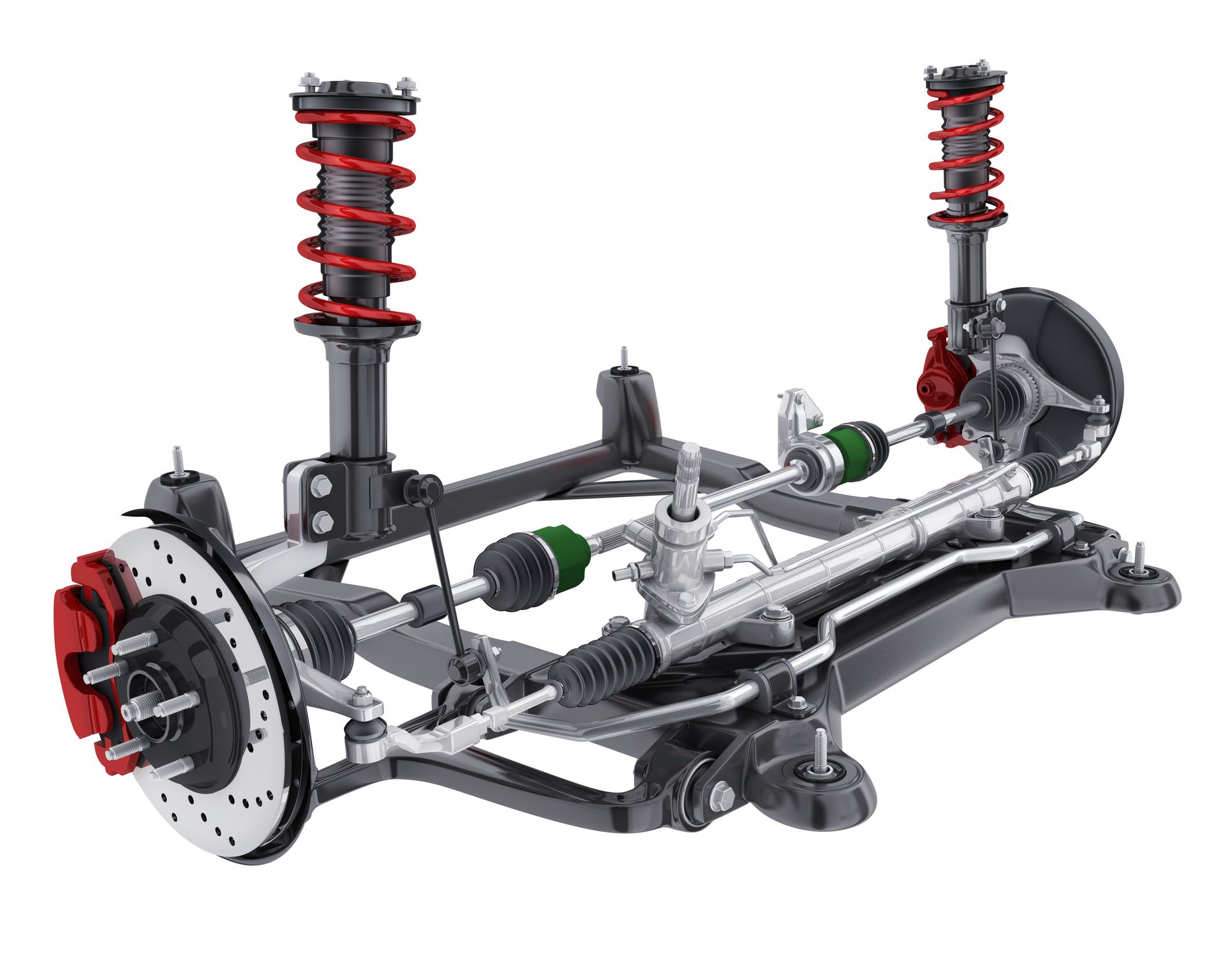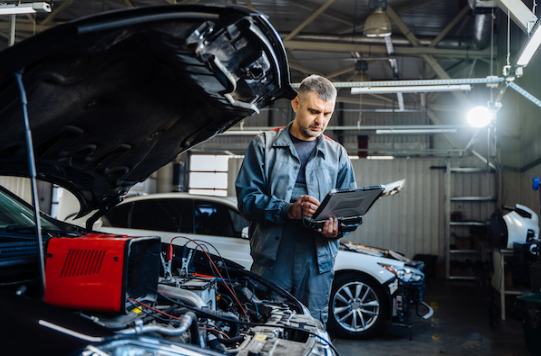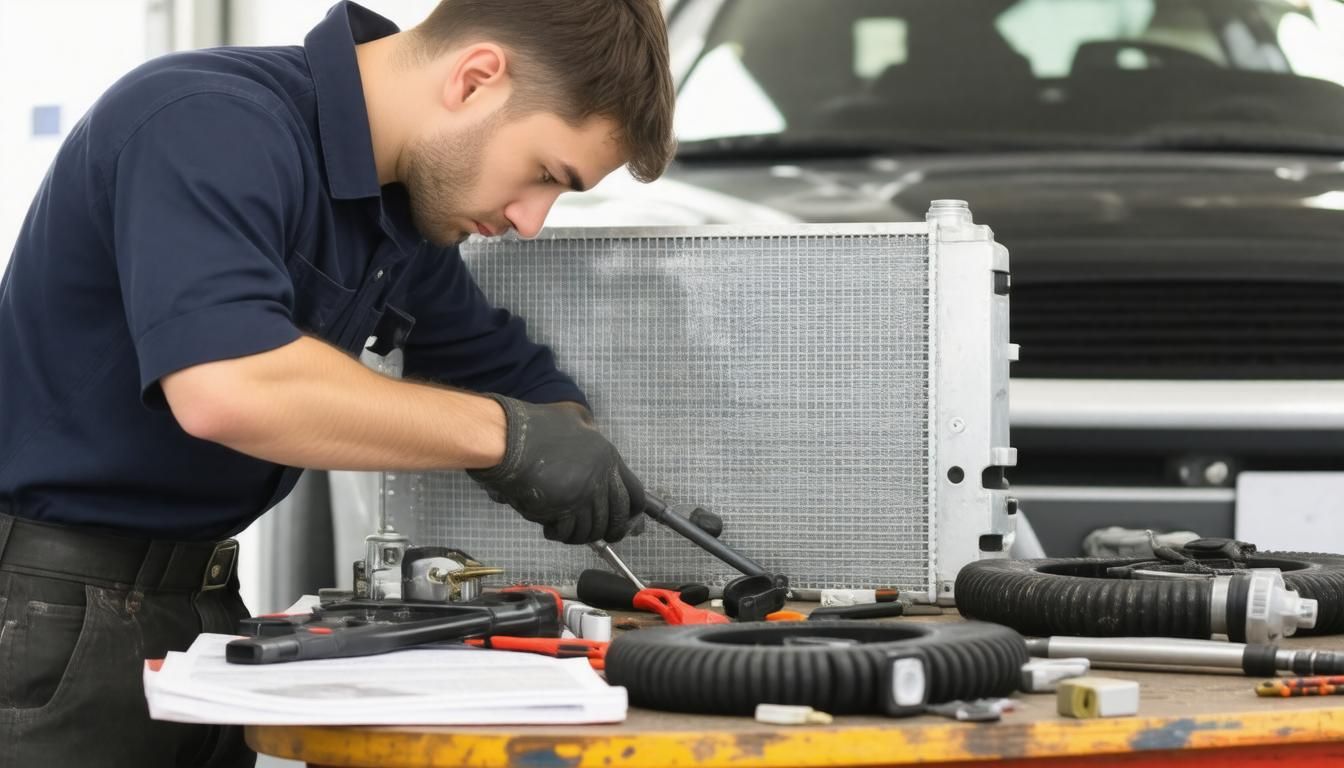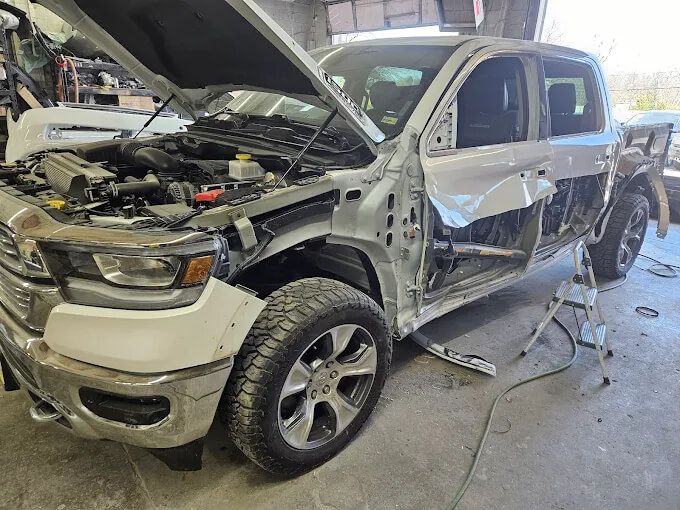If you’ve ever experienced the heart-stopping moment of a deer suddenly darting onto the road or a raccoon frozen in your headlights, you’ve probably wondered: Why do wild animals act this way? To us, it seems completely irrational, but from their perspective, it’s all about instincts, environment, and circumstances beyond their understanding. We'll share the reasons behind this perplexing behavior and what you can do to minimize these encounters.
The Role of Instincts in Animal Behavior
Wild animals operate primarily on instincts developed over thousands of years. They’ve adapted to evade predators and respond quickly to perceived threats. Unfortunately, vehicles don’t fit into their evolutionary playbook. To a deer, for example, the sound of an approaching car may mimic the growl of a predator, triggering a fight-or-flight response. This could explain why they sometimes choose to run rather than remain hidden.
Similarly, animals like rabbits or squirrels often freeze when confronted with a car’s headlights. This reaction, known as tonic immobility, is a survival mechanism in the wild. While freezing can confuse a predator, it proves counterproductive when facing a fast-moving car.
How the Environment Influences Animal Movement
The environment plays a major role in why animals end up on roads. Many roads cut directly through forests, grasslands, or other habitats, leaving animals little choice but to cross. Animals follow familiar paths, often migrating to find food, water, or mates. When these paths intersect with roads, the likelihood of an encounter increases.
Seasonal changes also contribute. Autumn, for instance, is prime mating season for deer, and their movement becomes less predictable as they search for partners. Similarly, certain animals are more active at dawn and dusk, which unfortunately coincides with peak driving hours for humans.
How Cars Confuse Wildlife
Vehicles are sensory overload for animals. The combination of bright headlights, loud engines, and sudden movements can overwhelm their senses. Many animals perceive headlights as a threat, but they might make erratic decisions because they don’t understand the danger.
Sound is another factor. While car horns or engines may scare some animals away, others might interpret these noises as challenges or signals to move. This unpredictable behavior underscores why it’s so hard to anticipate an animal’s actions on the road.
What Drivers Can Do to Stay Safe
Be Aware During Peak Hours
Most animal-related accidents happen between dusk and dawn. Driving cautiously during these hours can give you more time to react if an animal suddenly appears.
Look for Warning Signs
In areas known for wildlife crossings, you’ll often see warning signs. Pay attention to these markers and reduce your speed, especially in rural or wooded areas.
Use High Beams When Appropriate
If you’re driving at night and there’s no oncoming traffic, high beams can improve visibility and give you a better chance to spot animals early.
Avoid Swerving
While your first instinct might be to swerve to avoid an animal, this can often cause more harm. Losing control of your car or veering into oncoming traffic can result in a more serious accident.
Why Wildlife Encounters Are Increasing
Human expansion into natural habitats is a significant reason why we’re seeing more animals on the road. As we build roads, homes, and businesses, we fragment the ecosystems animals rely on, forcing them to traverse dangerous territories to survive. Urban sprawl and deforestation have left many species with no choice but to adapt to human-dominated landscapes.
While conservation efforts and wildlife crossings are becoming more common, the issue is far from resolved. Until more comprehensive measures are in place, it’s up to drivers to stay vigilant and protect both themselves and the animals they might encounter.
From headlights to brakes, your car needs to perform at its best when navigating unpredictable roads. Let
F & M Automotive Body & Repair help you stay ahead of the curve with our professional maintenance services. Book now!
